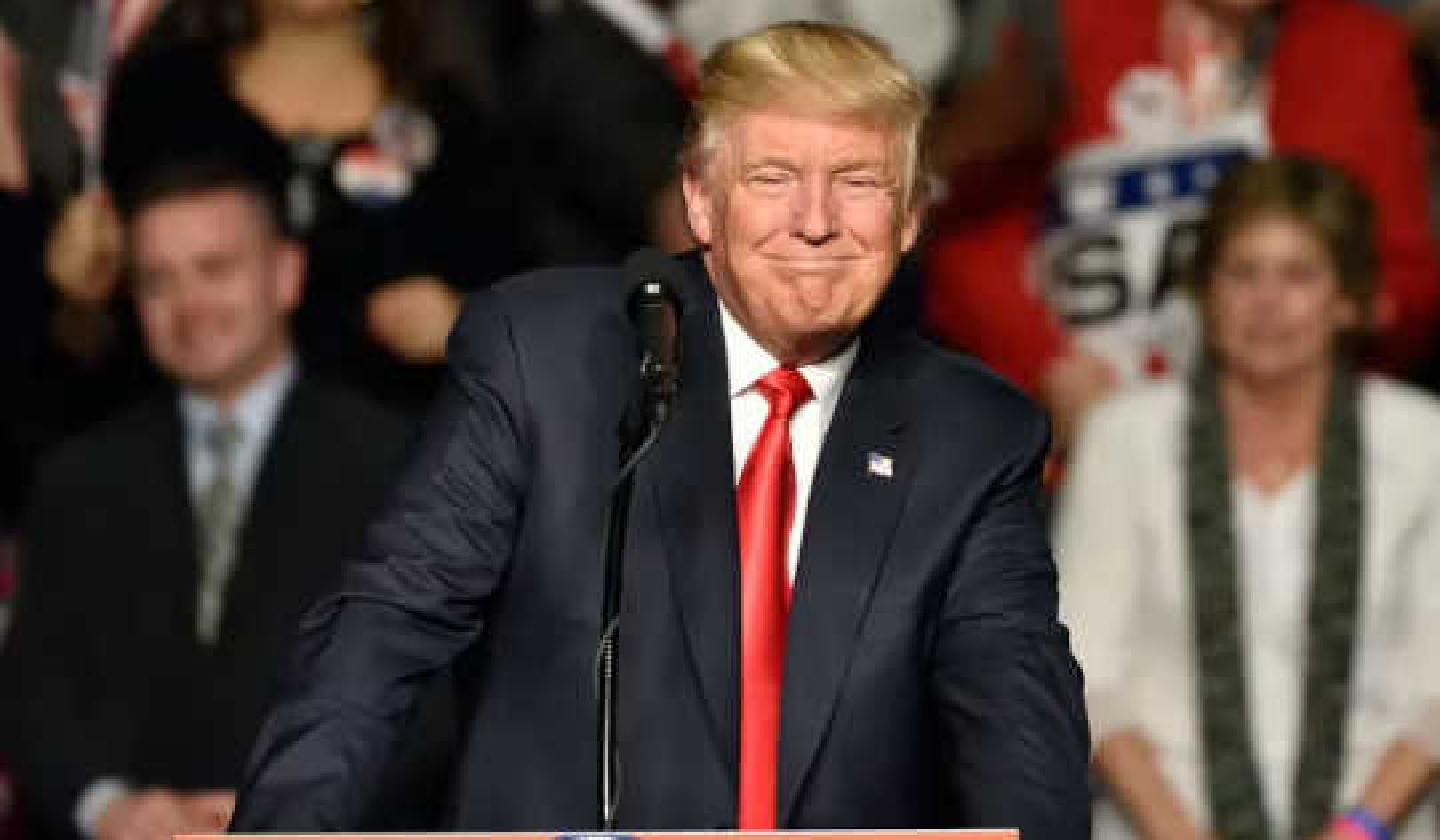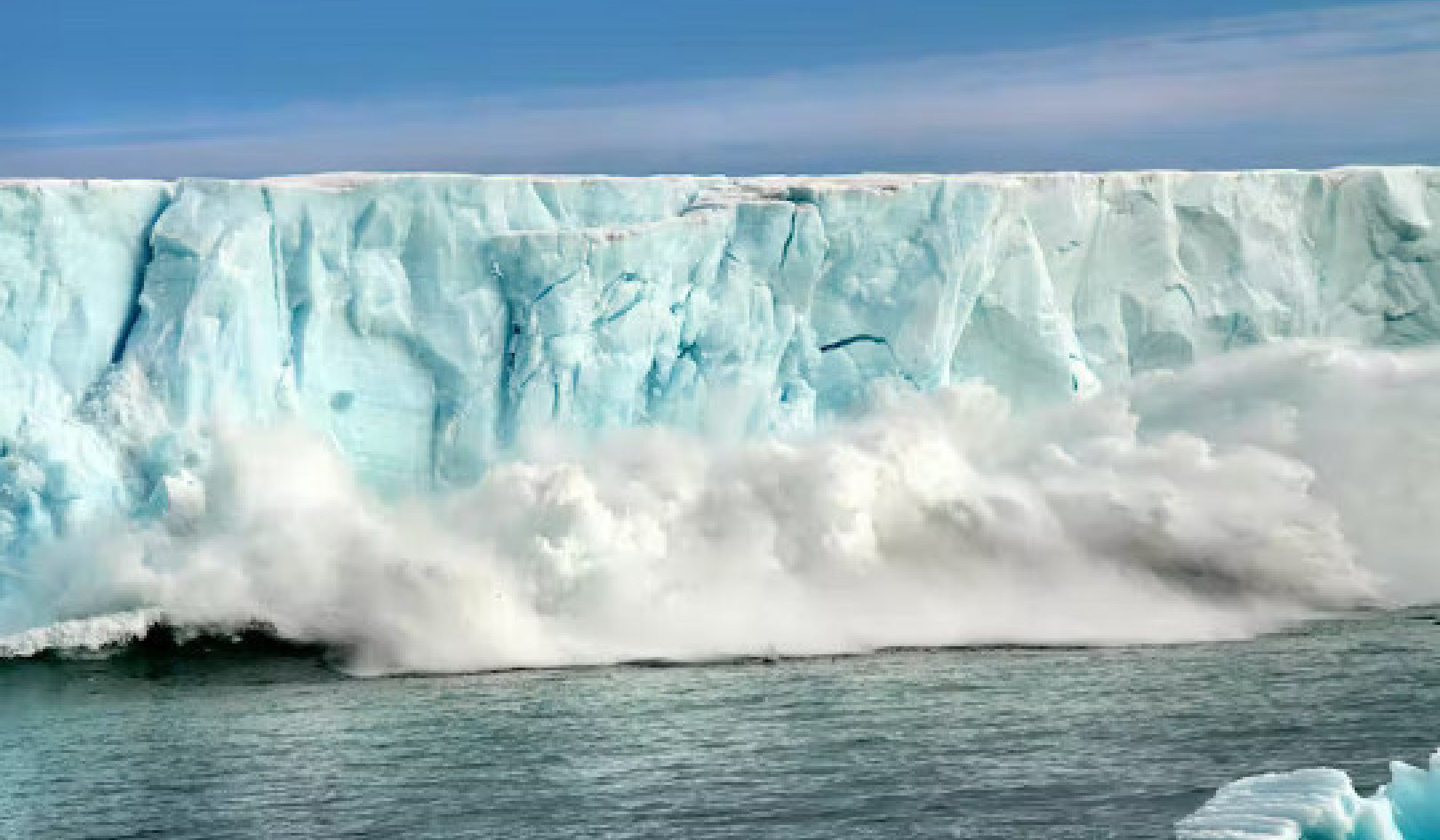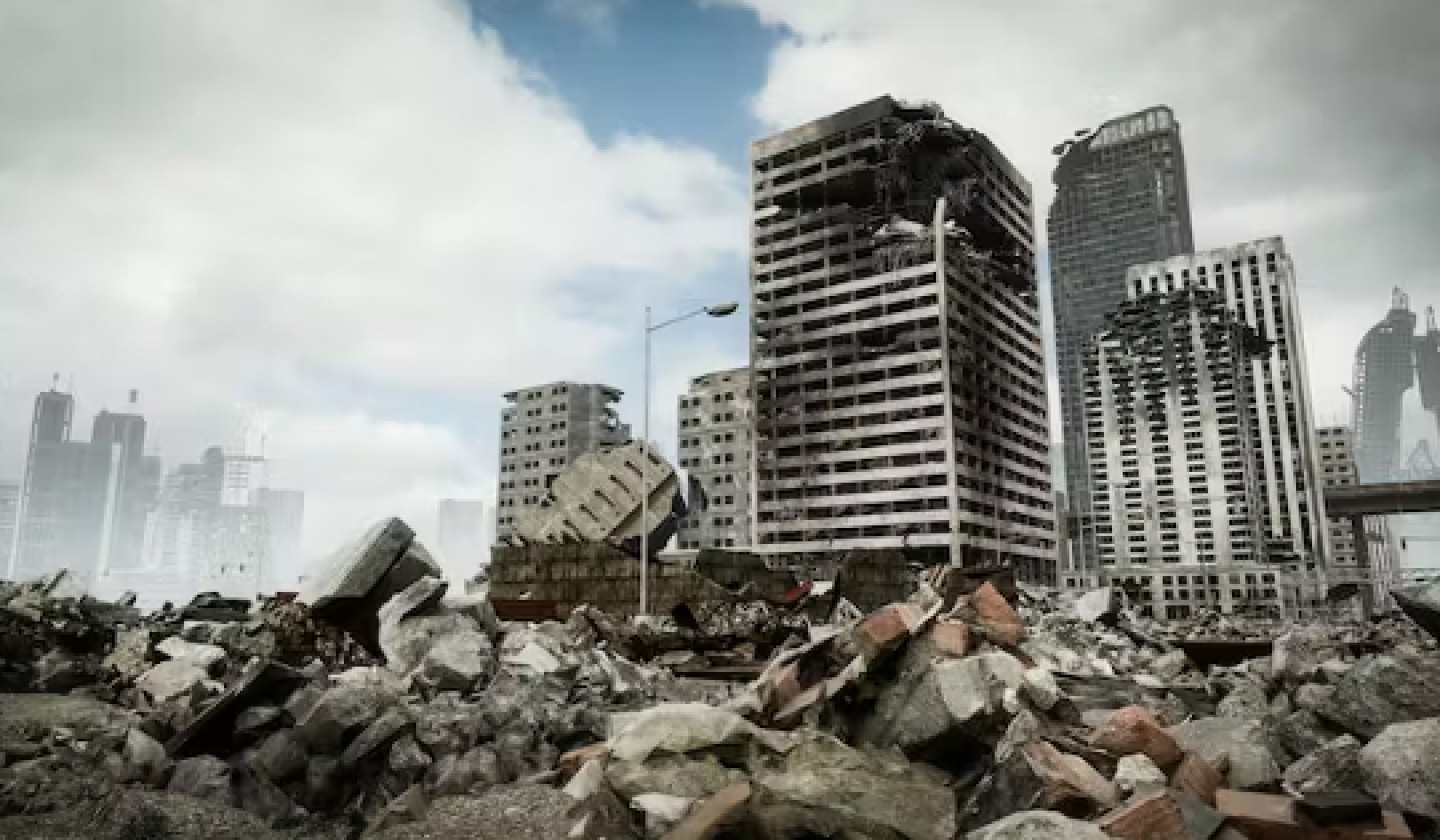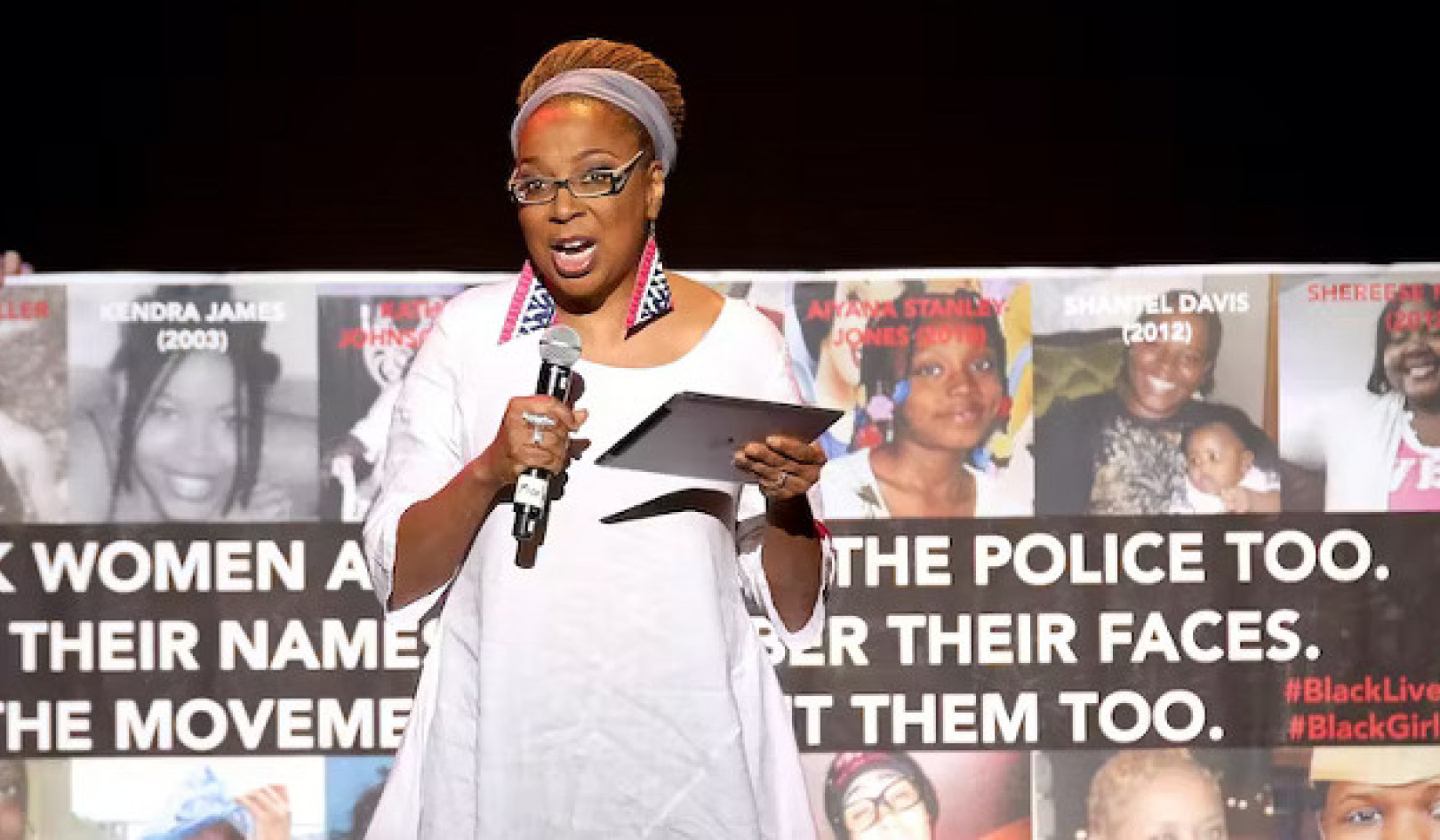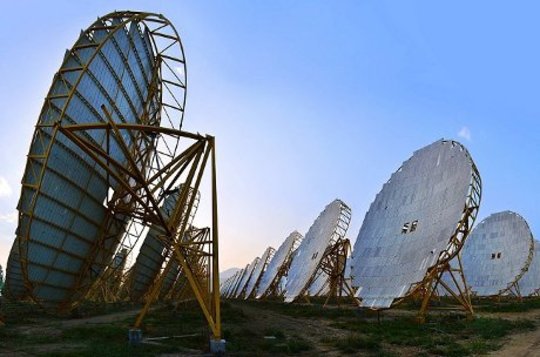
 hile the political spotlight focused on the world’s two biggest polluters ? China and the US ? in the run-up to the Lima climate talks, pressure is mounting on India to set emissions targets to help prevent the planet overheating.
hile the political spotlight focused on the world’s two biggest polluters ? China and the US ? in the run-up to the Lima climate talks, pressure is mounting on India to set emissions targets to help prevent the planet overheating.
NEW DELHI, 10 December, 2014 ? India’s contribution to global carbon emissions was only 7% last year, yet there are fears being expressed in the western world that rapid population growth and development will mean this vast country will soon be a major polluter ? like its neighbour, China.
For the world, it is a continued worry that if the country soon to have the largest population in the world develops ? as China has ? by burning coal, climate change will surely get out of control.
No commitments on climate change have so far been made by India, as it waits to see what the developed countries offer to prove they are serious about aid, technology transfer, and targets to reduce their own emissions.
Carbon Tax
But while priority in India has been given to development ? particularly providing electricity for the millions who live without it ? and tackling poverty, the newly-elected government has made a promising start on recognising the importance of climate change.
It has a new energy policy centered on an ambitious increase in solar power capacity ? from the current 20,000 megawatts to 100,000 MW in five years. There is a Rupees 5 billion ($80 million) budget this year alone for “ultra mega” solar projects. And a carbon tax on coal has also been doubled for the purpose of subsidising solar and other renewables.
Prakash Javadekar, India’s Environment, Forests and Climate Change minister, said before heading for the UN climate change conference being held in Lima, Peru:
“This game-changer energy mix will give us enhanced energy efficiency and save 50 million tonnes of coal. That’s a huge contribution to the world, and will affect our emissions. We will walk the clean water, clean air, clean power path.”
There have been reports about a possible announcement next month – when US president Barack Obama visits New Delhi ? of the year in which India intends its greenhouse gas emissions to peak.
However, Javadekar refused to set a timeline, despite the apparent pressure after the US-China joint declaration that the US will reduce emissions by 2025 and China’s will peak by 2030. All countries are supposed to inform the UN Framework Convention on Climate Change (UNFCCC) by March 2015 of their action plans for emission reductions.
Javadekar said India is putting in place several action plans for achieving the Intended Nationally Determined Contributions as part of the 2015 agreement. But he made clear that the “peaking year” will not be the benchmark set at Lima; it will be “India’s contribution” ? and will be much more than expected.
India, which is expected to surpass China’s current 1.3 billion population by 2030, has always defended its position, as its emissions are less than 2 tonnes per capita, compared with about 7.2 tonnes in China and 16.4 tonnes in the US.
“Our growth cannot be compromised,” Javadekar said. “We have the right to develop, and our priority is to eliminate poverty and meet the aspirations.”
Objections Raised
Asked how India will address objections raised by developed countries to it digging more dirty coal, despite its ambitious solar programme, Javadekar insisted:
“We are not going on the ‘business as usual’ path ? although we are entitled to it. Both solar and coal power will increase, but that is our energy mix. We are doing our own actions under domestic legislations.”
There is a rift at the Lima talks between the developed and the developing countries on the issue of capitalisation of the Green Climate Fund under the 2015 Paris agreement, and this has already seen the G77 group of nations banding together.
Sunita Narain, director general of the Delhi-based Centre for Science and Environment thinktank, referred to this in talking about the “politics of climate change”, and how the global south is being short-changed by the global north.
She said climate change talks are about achieving clean economic growth, but, 25 years after talks began, the world is “still procrastinating and finding excuses not to act”.
– Climate News Network
About the Author
 Nivedita Khandekar is a Delhi-based independent journalist who writes on environmental, developmental and climate change issues. She is passionate about the Himalayas, and her other interests include travelling, adventure treks, photography, reading and of course writing. She blogs at http://meredilkinazarse.blogspot.com/. You can follow her on Twitter: @nivedita_Him and Facebook: https://www.facebook.com/nivedita.khandekar.
Nivedita Khandekar is a Delhi-based independent journalist who writes on environmental, developmental and climate change issues. She is passionate about the Himalayas, and her other interests include travelling, adventure treks, photography, reading and of course writing. She blogs at http://meredilkinazarse.blogspot.com/. You can follow her on Twitter: @nivedita_Him and Facebook: https://www.facebook.com/nivedita.khandekar.
InnerSelf Recommended Book:
Global Warning: The Last Chance for Change
by Paul Brown.
 Global Warning is an authoritative and visually stunning book, unique in its approach. While most of the current literature on the subject is highly scientific, this book's aim is to educate the public at large. Graphics and maps, hard-hitting text, and powerful pictures show the plight the world is already facing. The tone is serious, but ultimately positive and outlines what we all need to do to safeguard our future. It provides an honest appraisal of a critical situation, and some practical advice about solutions - whether making small adjustments in everyday life, or raising public awareness across the globe. The book combines the gloss of a coffee-table book with the journalism and depth of a broadsheet newspaper.
Global Warning is an authoritative and visually stunning book, unique in its approach. While most of the current literature on the subject is highly scientific, this book's aim is to educate the public at large. Graphics and maps, hard-hitting text, and powerful pictures show the plight the world is already facing. The tone is serious, but ultimately positive and outlines what we all need to do to safeguard our future. It provides an honest appraisal of a critical situation, and some practical advice about solutions - whether making small adjustments in everyday life, or raising public awareness across the globe. The book combines the gloss of a coffee-table book with the journalism and depth of a broadsheet newspaper.
Click here for more info and/or to order this book on Amazon.




















